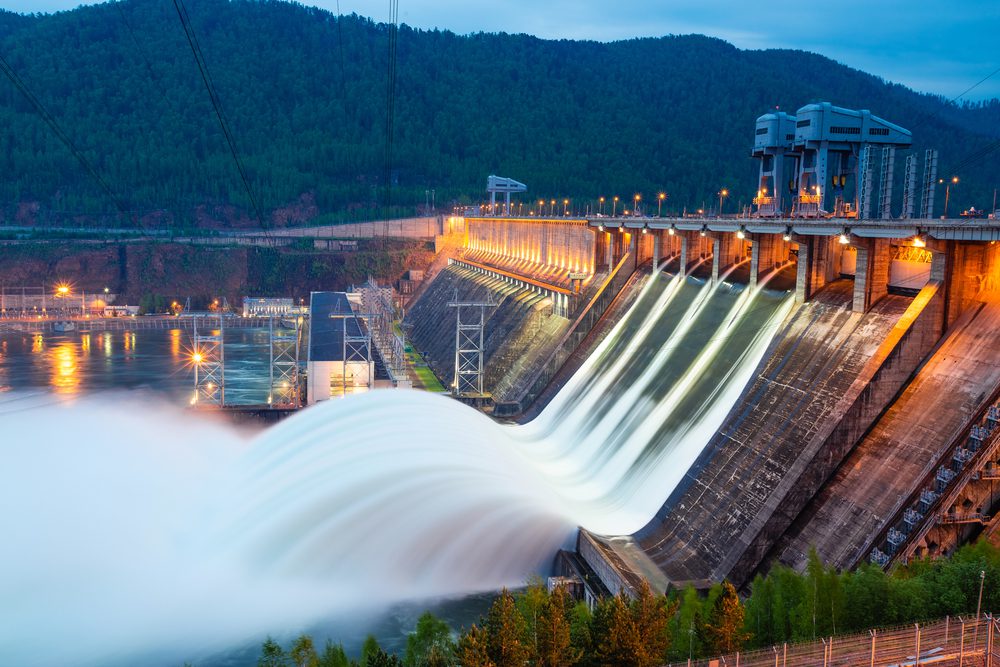•
Jul 5

The global demand for clean water continues to outpace supply, creating an urgent need to address this critical challenge. AI has emerged as a powerful tool in the quest for smarter, more-efficient water management.
The data points below highlight the growing water crisis and demonstrate how AI-driven technologies can help conserve this most precious resource.
water.
By 2030, water demand will surpass the supply by 40%. This imbalance could lead to increased water-borne diseases, food shortages and social unrest.
(Click on each of the 3 icons to learn more.)
AI-enabled precision agriculture optimizes crop watering, fertilizing and spraying, using 25% less water and minimizing harmful runoff.
AI-adaptive fluid analysis and treatment systems reduce water pollution by using real-time monitoring to detect pollutants, automate remediation and optimize water treatment operations. Phoenix, Arizona, ran a pilot program using AI to monitor wastewater treatment and achieved 97% recycled water.
Households utilize
Detecting leaks in vast underground pipes is challenging, but AI and IoT can monitor pressure and flow to detect leaks early. In just one example, AI helped avoid a water outage and saved the utility £7M.
8 Ways AI in Water Management Creates a Better Future
AI can deliver real solutions for global issues like increasing clean water supply.
Sand Technologies focuses on helping global communities and enterprises use AI to achieve meaningful outcomes.
Contact us today to learn more or email [email protected]
Other articles that may interest you